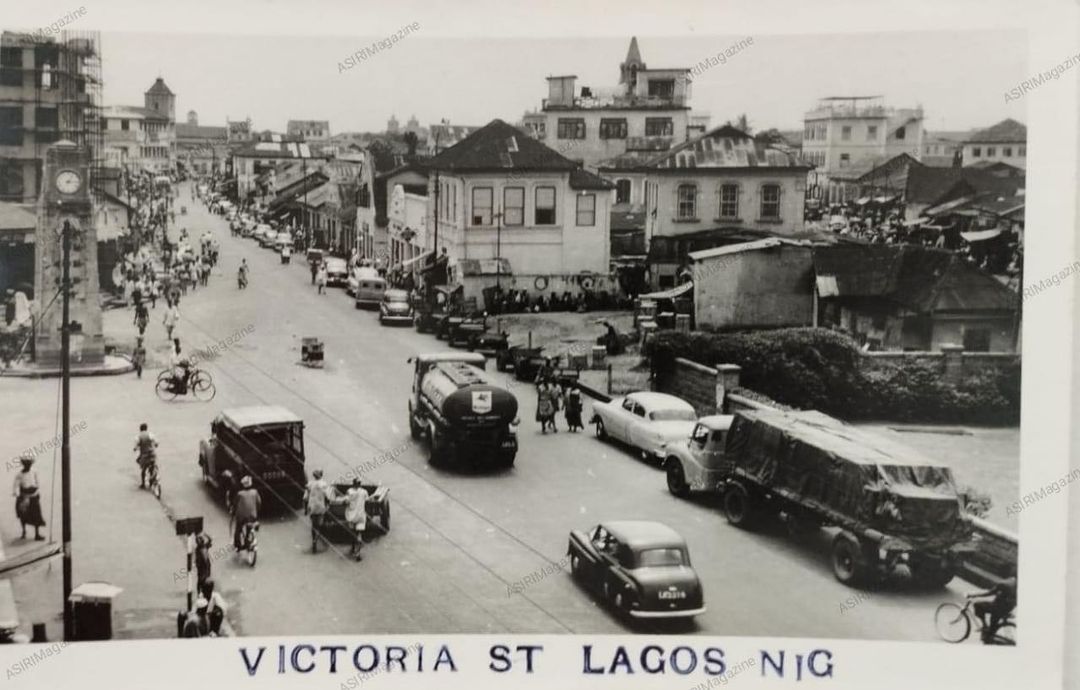“The Legislative Council ordered in 1863 that undeveloped ground behind Broad Street, in the center of the administrative and commercial sector, be sold for £100 per acre; but, between 1865 and 1869, the government sold land in Lagos for an average price of £82 per acre. Ten years later, the average cost of government-sold unoccupied land in Lagos has doubled to £328 per acre. The Lagos Island governor had doubled to £328 per acre by 1886.
After two years, the colonial surveyor assessed the value of reclaimed marsh land between Broad Street and the Marina at £490 per acre and assessed the value of good land facing the Marina at £490 per acre.
Naturally, land with buildings on it was worth more, especially if they were well-built. A big edifice was located on a tiny, twenty-ninth-acre property at Tinubu Square, which sold for £614 in 1879. Subsequently that year, an acre and a tenth with two dwelling houses—one of which was opulent by local standards—and “a commanding position” on the Marina were sold for £3000. A run-down house situated on three-quarters of an acre on the Marina brought £1,650 in 1882. – The Origin of an African City and Slavery. Kristin Mann’s Lagos, 1760-1900

